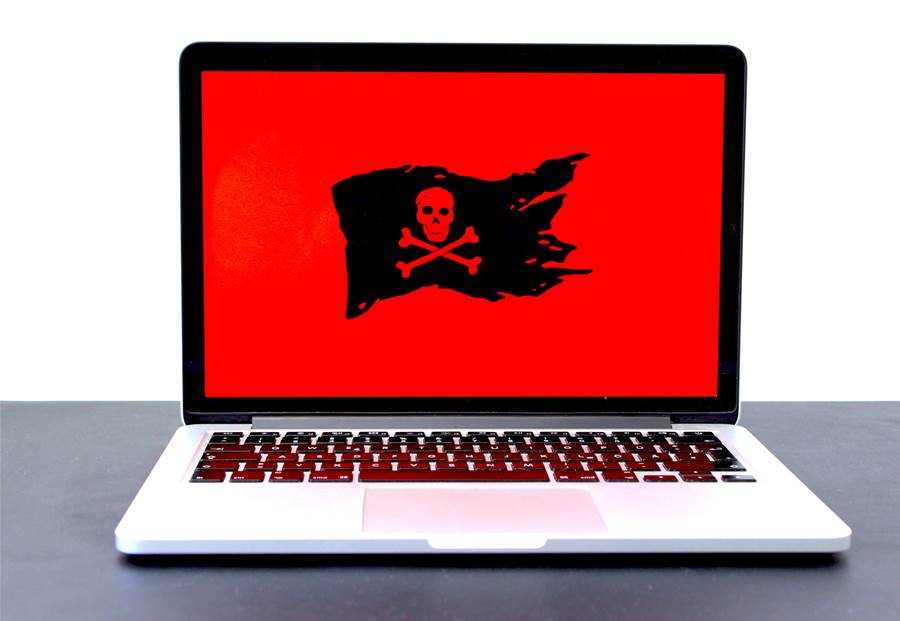Client-side content scanning as an unworkable, insecure disaster for democracy • The Register
Fourteen of the world’s leading computer security and cryptography experts have released a paper arguing against the use of client-side scanning because it creates security and privacy risks.
Client-side scanning (CSS, not to be confused with Cascading Style Sheets) involves analyzing data on a mobile device or personal computer prior to the application of encryption for secure network transit or remote storage. CSS in theory provides a way to look for unlawful content while also allowing data to be protected off-device.
Apple in August proposed a CSS system by which it would analyze photos destined for iCloud backup on customers’ devices to look for child sexual abuse material (CSAM), only to backtrack in the face of objections from the security community and many advocacy organizations.
The paper [PDF], “Bugs in our Pockets: The Risks of Client-Side Scanning,” elaborates on the concerns raised immediately following Apple’s CSAM scanning announcement with an extensive analysis of the technology.
Penned by some of the most prominent computer science and cryptography professionals – Hal Abelson, Ross Anderson, Steven M. Bellovin, Josh Benaloh, Matt Blaze, Jon Callas, Whitfield Diffie, Susan Landau, Peter G. Neumann, Ronald L. Rivest, Jeffrey I. Schiller, Bruce Schneier, Vanessa Teague, and Carmela Troncoso – the paper contends that CSS represents bulk surveillance that threatens free speech, democracy, security, and privacy.
“In this report, we argue that CSS neither guarantees efficacious crime prevention nor prevents surveillance,” the paper says.
“Indeed, the effect is the opposite. CSS by its nature creates serious security and privacy risks for all society while the assistance it can provide for law enforcement is at best problematic. There are multiple ways in which client-side scanning can fail, can be evaded, and can be…






